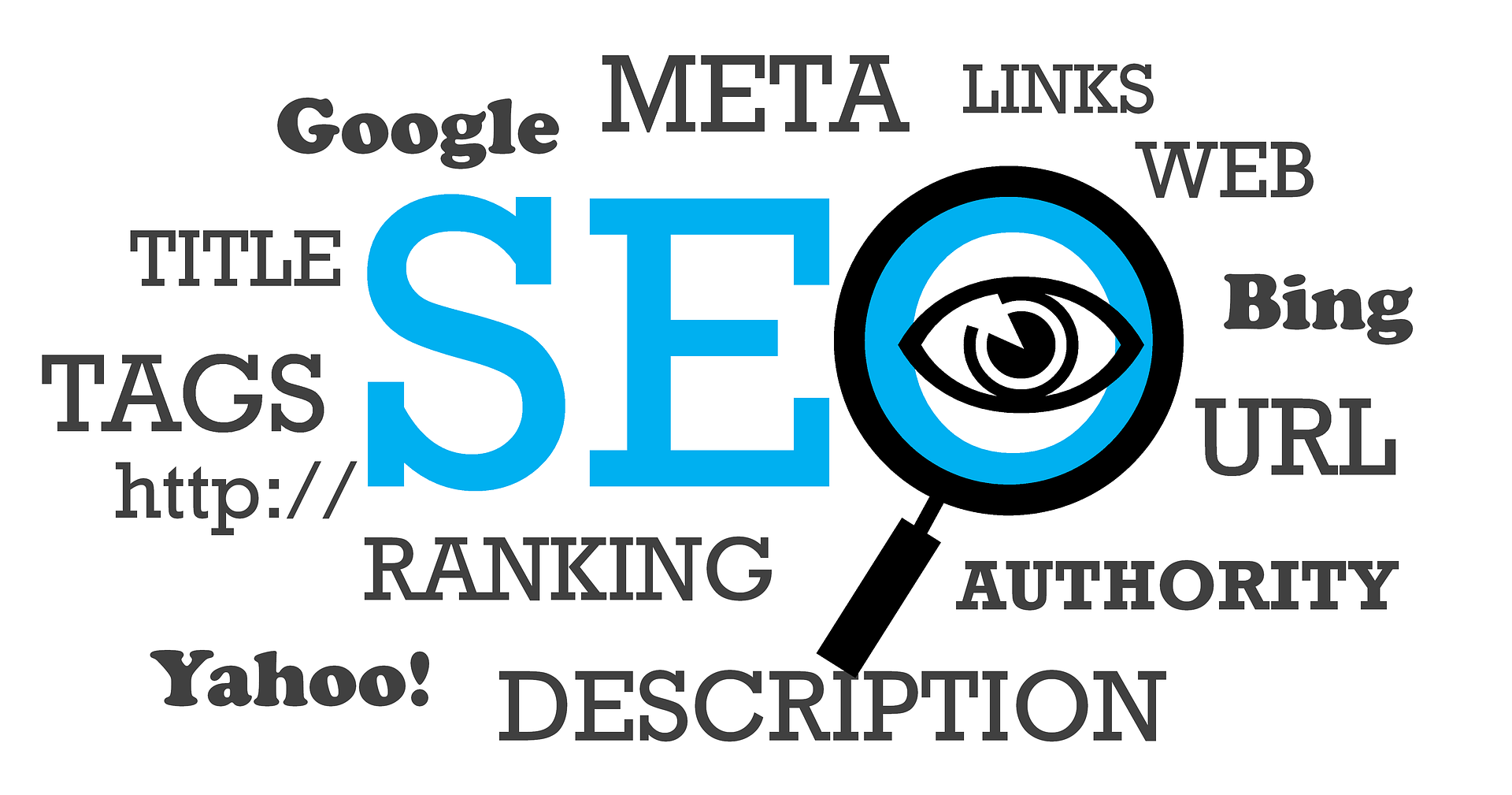If there’s one thing we know about search engine optimisation (SEO), is that it is constantly evolving. 2021 saw Google refine and tweak its algorithm to incorporate new technologies, user behaviours and user experience criteria, including a major page experience update in June, a core update in November and several smaller SEO updates involving link spamming and title tags throughout the year.
The great thing about SEO is that it is a long-term strategy for attracting potential customers to your website. Understanding SEO is essential for building engagement, traffic and conversions, a better user experience and all-around trust and credibility so that your website belongs on the first search page of your ideal customer.
Keeping up with modifying your SEO strategy in accordance with Google isn’t always easy and what’s even harder, is maintaining your website’s search page rankings following each new competition and algorithm update. In this post, we will cover four important SEO practices that can leverage your website to SEO success in 2022.
Get up to date on the basics
First things first, make sure your site is up to date with the current SEO basics. The 2022 checklist includes:
- Title Tags
Title tags are a HTML element that specify the title of a web page and are one of the top most important on-page SEO strategies that help give search engines an idea of what each page is about. Title tags should aim to optimise for one or two keywords and ideally, should not cross over with the focus key term of another page. Try to avoid keyword stuffing and instead focus on being relevant. Following the title-tag update, relevancy will be Google’s priority this year, so remember to focus on what your target audience will click on and then see where SEO keywords can be incorporated in this, not the other way around. - Meta Descriptions
Meta descriptions are the small blurb that appears underneath your website on the search engine results page (SERP). It is designed to provide users with a brief summary of the content of your page. Although the content of a meta description no longer contributes to SERP rankings, ensuring each page has a relevant meta description helps towards overall site SEO health. - Image Alt Tags
Alt tags provide context to what an image is displaying, informing search engine crawlers and allowing them to index an image correctly. It is good SEO practice to ensure all images on your site have a relevant alt tag, as not only do alt tags help search engine crawlers, but not setting alt tags for your images can have a detrimental effect on the ranking of your web pages. - SEO Keywords
Your SEO keywords are the keywords and phrases in your web content that make it possible for people to find your site via search engines. Keyword research helps you to find the right keywords to focus on for your site and should be an ongoing exercise, not just done once. The simple goal of keyword research is to find out what your target audience is searching for and what it will take to actually rank for those keywords. This can be done by a mix of online SEO tools, researching your competitors and using Google search and other free online methods to find what key terms are the most popular for that topic and what seed keywords should you focus on.
Invest in your written content
Improving the relevancy of your web page written content and ensuring the page answers popular question-specific key terms, can have the greatest visible impact on SEO strategy and Google Search Results Pages (SERPs) ranking.

Google now indexes passages on a web page, not just the web page itself and is able to find small relevant sections that relate to the search query buried in a page. This comes as a response to the rising trend of long-form content, as SEO practices find that detailed, comprehensive, long-form content is more likely to be ranked higher on Google’s first page.
This change has seen a huge shift in how web pages are ranked. Rather than ranking a broader web page about a topic, Google can now rank a specific passage for a search query.
Focus on search intent and fulfilling EAT factors
In 2022, the importance of answer-centric content will likely increase with the introduction to the AI model MUM. MUM is an AI model that can understand the user’s feelings, context, abstractions and intent, from which it provides relevant answers that are unique to the user’s query. With the help of MUM, users won’t need to make multiple queries until they find the right keyword that gets them the desired answer.
Instead, Google will provide them with the results they want with one conversational query and will target answer-centric content to fulfil their search. In a nutshell, companies that focus on maximising EAT factors (expertise, authority and trust) will find themselves best placed to meet Google’s content quality criteria.
Ensure Google’s ‘Core Web Vitals’ needs are met
The Core Web Vitals metrics were primarily introduced to measure user experience, including loading, interactivity and visual stability. All three metrics are basically related to just one thing, and that is page speed: how fast the page loads, how soon it gets interactive and how stable it is while loading.
Core Web Vitals are there to optimise user page experience and include three key parts: loading, interactivity and visual stability. To ensure your site meets these criteria, you can focus on several technical SEO practices:
- Improve your page load speed
Slow pages can mean a higher bounce rate, as users may decide to look elsewhere. Consider using a design that loads quicker, optimise your images and keep your CSS, JavaScript and HTML minimal. You can run a speed test on Google Search Console to check your progress. - Review how you use ads and images
They must add value to the usefulness of the page and not detract from the content users want to see. In general, people want fewer pop-ups and intrusive objects getting in their way. - Optimise your site for mobile userbility
You can use Google’s mobile-friendliness test to see how you’re doing. - Make your site more secure
Get your website an SSL certificate and switch to HTTPS for added trustworthiness and security. - Check your site for security issues
Google Search Console allows you to generate a security report. The key things to avoid are malicious or deceptive content – this means clickbait titles too.
Should you need a helping hand improving your SEO, boosting your online presence and rankings, take a look at our SEO services or get in touch for a chat on how we can help you gain better positions over your competitors






